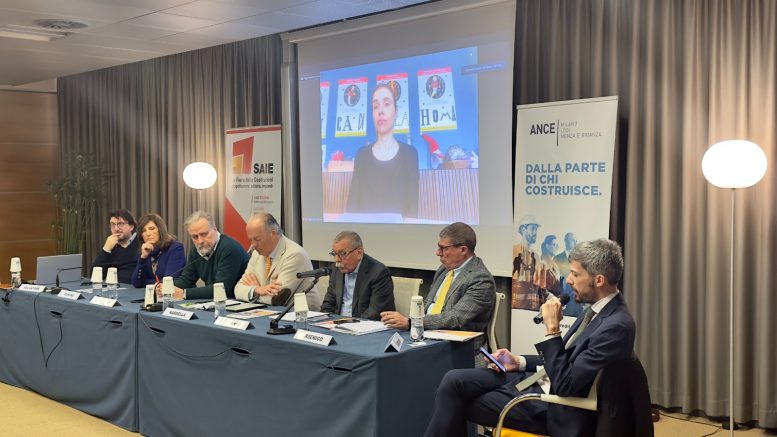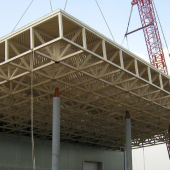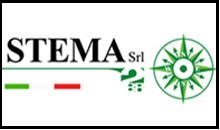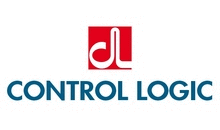Presented the new edition of SAIE, the Construction Fair (Oct. 19-21, Nuova Fiera del Levante, Bari): innovation, sustainability and training, the three pillars of the supply chain, are at the center. Construction: the supply chain has determined about 30 percent of the increase in Italian GDP. EU plan “Green Homes” challenge for entire sector.
A change of location after the excellent numbers of the Bologna edition. The 2023 edition of Saie, the construction fair, which will be held in Bari, Italy, from October 19-21, 2023, was presented in Milan. The press conference was an opportunity to take stock of the state of the supply chain, definitely positive in 2022.
The new proposed EU directive on “green homes,” which aspires to make Europe’s housing stock totally zero-emission by 2050, provides a tight timeline between now and 2033 with a significant impact on the Construction sector. According to Ance data, reaching the first step of the EU directive would mean intervening on 1.8 million buildings that will have to improve energy performance in 10 years, for a total of about 180 thousand interventions per year with an investment of about 59 billion euros between the redevelopment of residential and capital properties. This is an important commitment for a supply chain that has so much desire for innovation and that, as Federcostruzioni records, in 2022 saw a growth of more than 12.8 percent in the value of investments according to Istat data and 5.3 percent in the value of Production (Ance data). An overall number that saw some sectors still growing, such as for construction companies, mechanical engineering, wood, building materials distribution and plumbing components, and others contracting, such as ceramics, bricks, steel, concrete and glass.
“Our housing stock is particularly energy intensive,” the organization wrote in the press release. “This is evidenced by Enea data, which show that 60 percent of Italian buildings are included in the two worst classes (F and G). Beyond the different classification methodologies, we are talking about a much higher figure than in France (17 percent) and Germany (6 percent). According to Ance’s analysis, completing the ambitious EU plan will require such a high pace of interventions that it can only be realized with the help of incentives. Suffice it to say that before the 110 percent Superbonus and credit transfer came into effect, interventions on whole buildings touched almost insignificant numbers: 2,900 on average per year between 2018 and 2020, while in 2021 there were 100,000 and in 2022 260,000. Returning to pre-Superbonus and credit transfer rates, it will take as many as 3,800 years to hit the target, 630 if we stick to the 15 percent of buildings threshold. As emerged during the press conference presenting SAIE 2023, we therefore need an action plan made up of public investment and financing accessible to households, to be implemented as soon as possible to enable the Construction supply chain to gradually make the entire building stock, responsible for 40 percent of CO2 emissions, more efficient. In addition to this, it is necessary to enable the sector’s innovative drive: the Italian construction industry has already shown great capabilities in this regard, but they must also be supported through an event like SAIE, where professionals and companies can enrich their skills and compare notes on what is new in the market.”
But how is the sector doing? The data presented today by Federcostruzioni shows a picture of a healthy supply chain, still far from the values of 2008 but still growing. In 2022, construction determined 1/3 of Italian GDP growth (plus 3.9 percent), with an increase in both investment (plus 12.8 percent, ISTAT data) and production value (plus 5.3 percent, Ance data). Of vital importance in this scenario was the contribution of the 110 percent Superbonus: from the start of the measure to January 2023, total investments of 65.2 billion euros were recorded. Even as much as 195.2 billion in economic impact has been generated with the bonuses, according to Nomisma surveys, including 87.7 billion as a direct effect, 39.6 billion as an indirect effect and 67.8 billion as an induced effect. On the other hand, stranded credits amount to 19 billion: a factor that puts 32,300 companies, 171,000 employees and 114,000 interventions at risk of bankruptcy.














